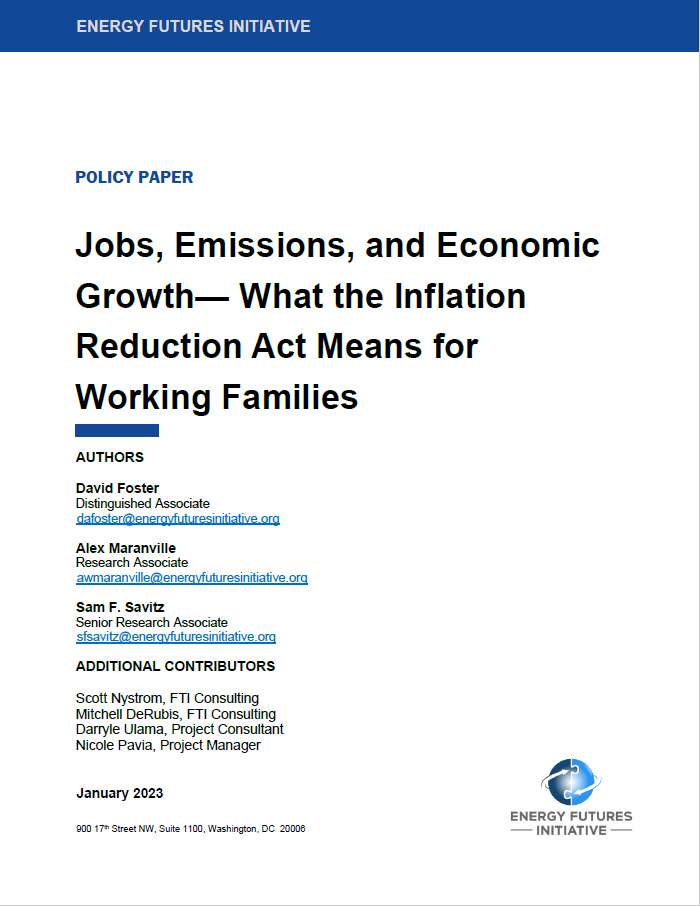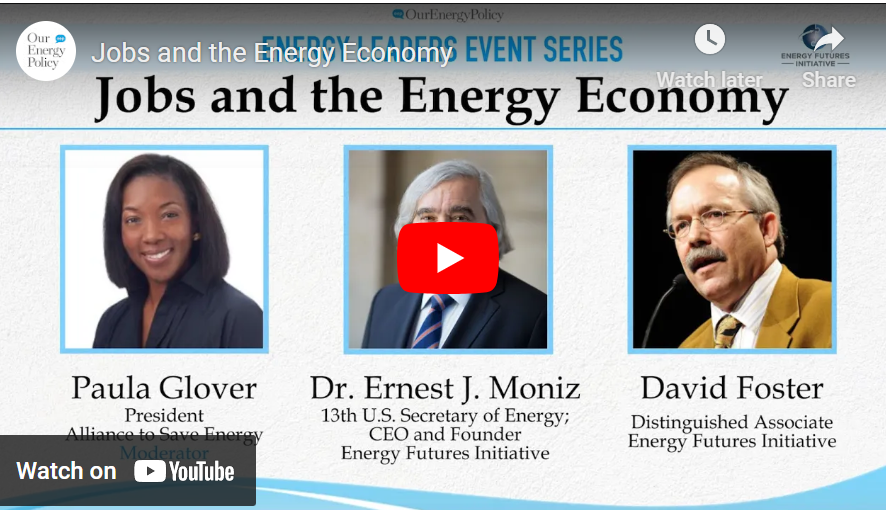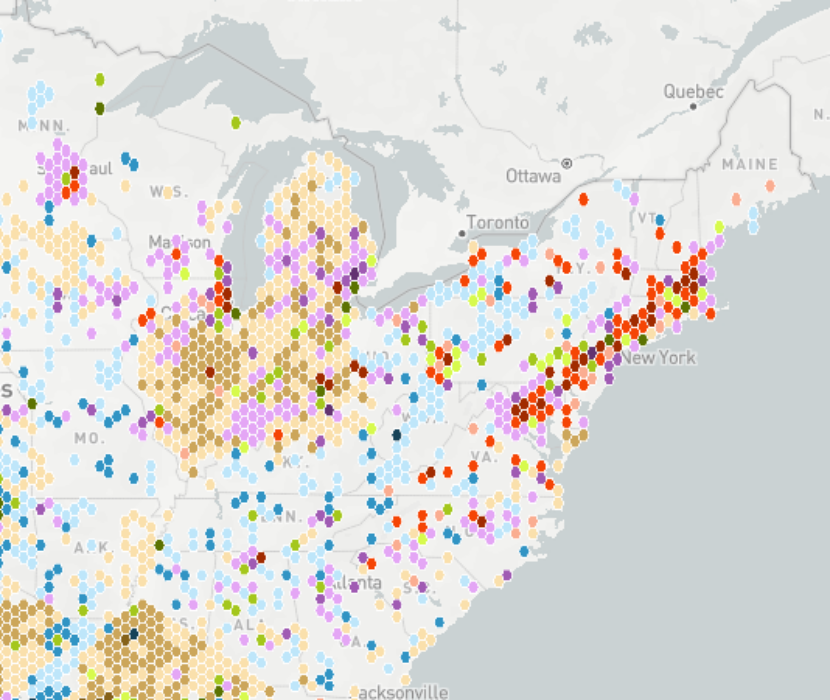Jobs, Emissions, and Economic Growth—What the Inflation Reduction Act Means for Working Families (January 2023) examines the impact of the Inflation Reduction Act (IRA), which includes the most significant investment in energy, energy infrastructure, and climate policy in U.S. history. But how will it impact working families in America? And will the jobs that are created be as good as the jobs that are lost? These are some of the many questions that policymakers debated before the IRA was passed and that specific language was crafted to address.
This paper explores these questions and several others, using trusted policy modeling tools to show the IRA’s positive economic impact and offer guidance on how to meet America’s expectations for the IRA. The models used were PLEXOS (the leading energy market simulation tool), CTAM (Carbon Tax Assessment Model), and REMI (Regional Economic Models, Inc.). Jobs, Emissions, and Economic Growth proves that with proper attention to supportive policies such as project labor agreements, prevailing wages, and domestic content incentives, that 1.5 more million jobs will be created than in the “business as usual” economy.
According to the analysis, more than 100,000 of these jobs are expected to be in manufacturing, with the American economy adding more than $1.5 trillion in gross domestic product. In addition, greenhouse gases are expected to be directly reduced by 37 percent, putting America on the path to reach 50 percent by 2030.
The report was published in conjunction with an OurEnergyPolicy conversation featuring David Foster (lead author and Energy Futures Initiative [EFI] Distinguished Associate) and EFI Founder Ernest J. Moniz. The conversation was moderated by Paula Glover, President of the Alliance to Save Energy.
Related Content
(Share this post with others.)








